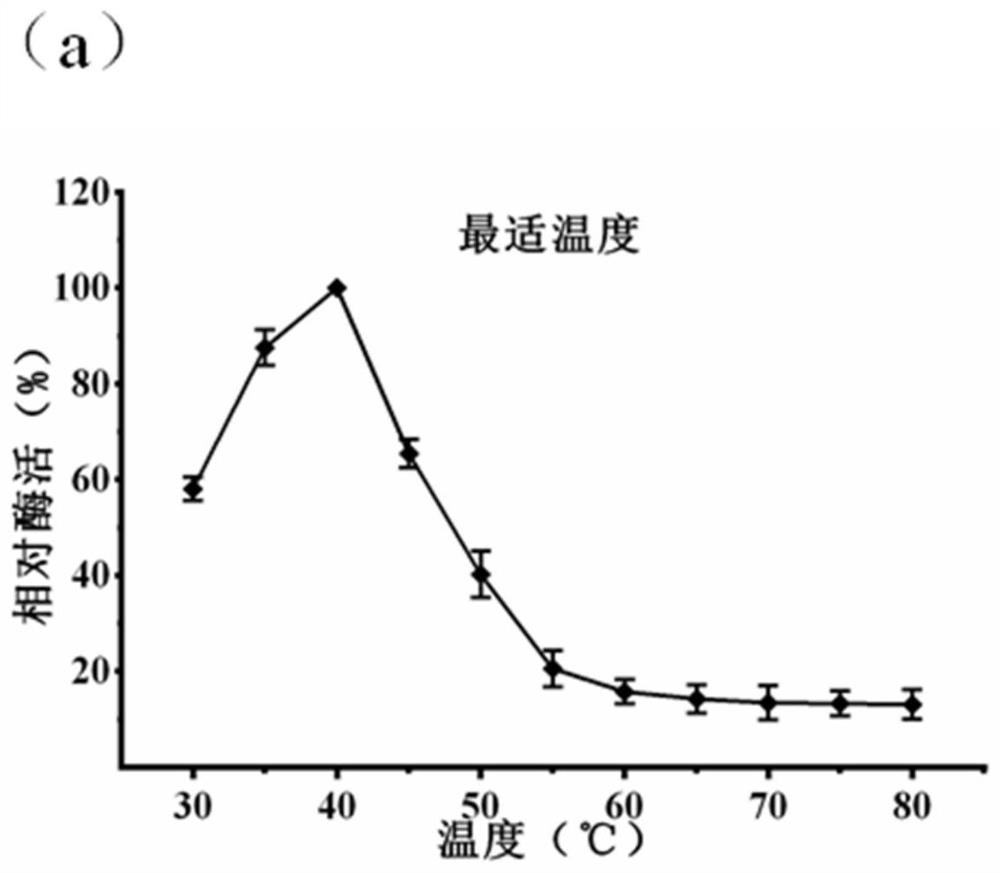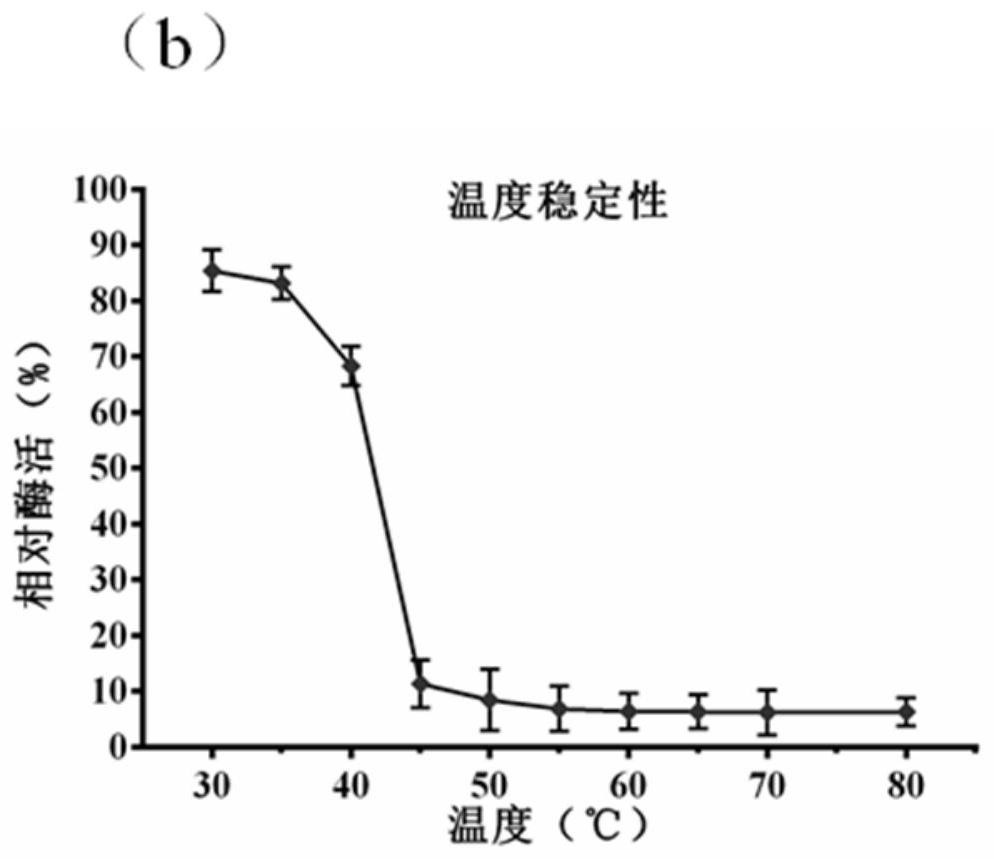Beta-N-acetylglucosaminidase 159 as well as cloning expression and application thereof
A technology of glucosidase and acetylaminosidase, which is applied to β-N-acetylglucosaminidase 159 and its cloning, expression and application fields, can solve the problems of difficult reaction process control, high cost of three-waste treatment, serious environmental pollution, etc.
- Summary
- Abstract
- Description
- Claims
- Application Information
AI Technical Summary
Problems solved by technology
Method used
Image
Examples
Embodiment 1
[0041] Embodiment 1 strain source
[0042] Bacterial strains used in the present invention Chitinibacter sp.GC72 It is separated from the pond silt in Nanjing. It is now preserved in the China Center for Type Culture Collection (Accession No.: CCTCC M 2014113)
Embodiment 2
[0044]Cloning of β-N-acetylglucosaminidase 159 comprises the following steps:
[0045] Step 1, the gene of β-N-acetylglucosaminidase, its nucleotide sequence is as shown in SEN ID NO: 1;
[0046] Step 2, design PCR amplification primers
[0047] 159-F-Primer: 5'- ATTCTAGCT ATGAACAAGCCAGCAGGTG-3';
[0048] 159-R-Primer: 5'- ATTCCGCTC CGCCAGCAAAGTACGCCTGAC-3', the full length of the gene was amplified;
[0049] Step 3, the reaction conditions for the above PCR amplification are: pre-denaturation at 95°C for 5 min; 30 cycles at 94°C for 30 sec, 55°C for 30 sec, and 72°C for 40 sec; and finally extension at 72°C for 10 min;
[0050] Step 4, using restriction endonucleases NdeI and XhoI to double-enzyme-cut the PCR amplification product, and reclaim the digested product;
[0051] Step 5, double-digest the vector pET-28a(+) with restriction enzymes NdeI and XhoI, and recover the vector backbone (about 5400 bp);
[0052] Step 6, ligate the digested product of step 4 and the ...
Embodiment 3
[0054] The clone expression of β-N-acetylglucosaminidase 159 gene comprises the following steps:
[0055] In the first step, the recombinant plasmid pET-28a(+)-159 was introduced into Escherichia coli BL21 (DE3), and the Escherichia coli containing the recombinant plasmid pET-28a(+)-159 was obtained, which was named recombinant bacteria;
[0056] In the second step, select the single clone of the recombinant bacteria (expressing pET-28a(+)-159 containing His tag) and connect it to a shaking shaker containing 100 μg / mL kanamycin in 5 mL LB medium at 37°C and 200rmp Overnight culture in medium;
[0057] The third step is to inoculate the above-mentioned bacterial solution into 100 mL LB liquid medium containing 100 μg / mL kanamycin at a volume ratio of 1:100, and culture it at 37°C with shaking at 200 rpm / min until OD 600 Reach 0.6-0.8;
[0058] In the fourth step, add IPTG (inducer) to a concentration of 1mmol / L, shake and culture at 20°C and 200rmp for 20h;
[0059] The fift...
PUM
 Login to View More
Login to View More Abstract
Description
Claims
Application Information
 Login to View More
Login to View More - R&D
- Intellectual Property
- Life Sciences
- Materials
- Tech Scout
- Unparalleled Data Quality
- Higher Quality Content
- 60% Fewer Hallucinations
Browse by: Latest US Patents, China's latest patents, Technical Efficacy Thesaurus, Application Domain, Technology Topic, Popular Technical Reports.
© 2025 PatSnap. All rights reserved.Legal|Privacy policy|Modern Slavery Act Transparency Statement|Sitemap|About US| Contact US: help@patsnap.com



